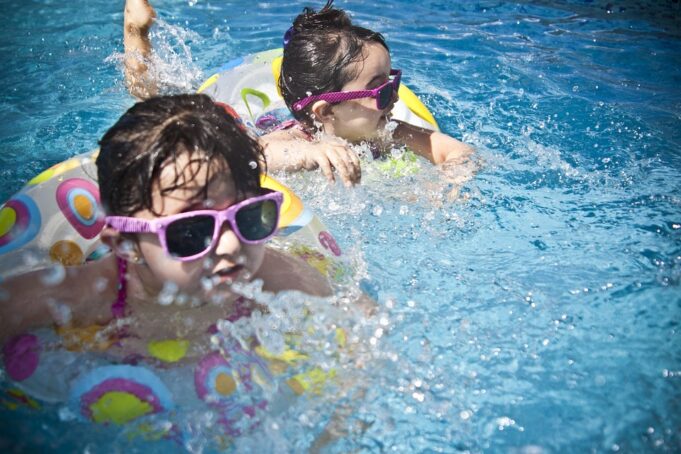Paddleboarding is a fun and exciting way to stay active and enjoy the outdoors. Whether you’re a beginner or an experienced paddler, there are many benefits to this water sport that can help improve your physical and mental well-being.
Physical Benefits
Research shows that paddleboarding can provide a full-body workout, engaging muscles in the arms, legs, and core. It’s a great way to improve balance, strength, and flexibility. According to the American Council on Exercise, an hour of paddleboarding can burn between 305-430 calories, depending on your intensity level.
Additionally, paddleboarding is a low-impact exercise, making it easy on the joints and suitable for people of all ages and fitness levels. It can also help improve cardiovascular health and coordination.
Mental Benefits
In addition to the physical benefits, paddleboarding can also have a positive impact on mental health. Being out on the water can help reduce stress and anxiety, providing a sense of calm and relaxation. The combination of physical activity and being in nature can improve mood and overall well-being.
Research from the University of Essex has shown that being near water can have a positive effect on mental health, reducing symptoms of depression and improving overall mental health. Paddleboarding allows you to enjoy the benefits of being near water while also getting a great workout.
Getting Started
If you’re interested in trying paddleboarding, there are many options available. You can rent equipment from local shops or take lessons from experienced instructors. Make sure to wear a life jacket and sunscreen, and always follow safety guidelines while on the water.
Whether you’re paddling on a calm lake or riding waves in the ocean, paddleboarding is a versatile activity that can be enjoyed by people of all ages. So grab a board and paddle, and get ready to have some fun while staying active!
Future Advances
As paddleboarding continues to grow in popularity, researchers are exploring new technologies and advancements in equipment to enhance the experience. Some companies are developing inflatable boards that are easier to transport and store, making it more convenient for paddlers to enjoy the sport wherever they go.
There is also ongoing research into paddleboarding accessories, such as paddles with adjustable lengths and ergonomic designs to improve efficiency and comfort. Additionally, advancements in paddleboard construction materials are making boards lighter and more durable, providing a better overall performance on the water.
Overall, the future of paddleboarding looks promising, with new innovations and advancements on the horizon that will make it easier and more enjoyable for people to stay active and have fun on the water.




